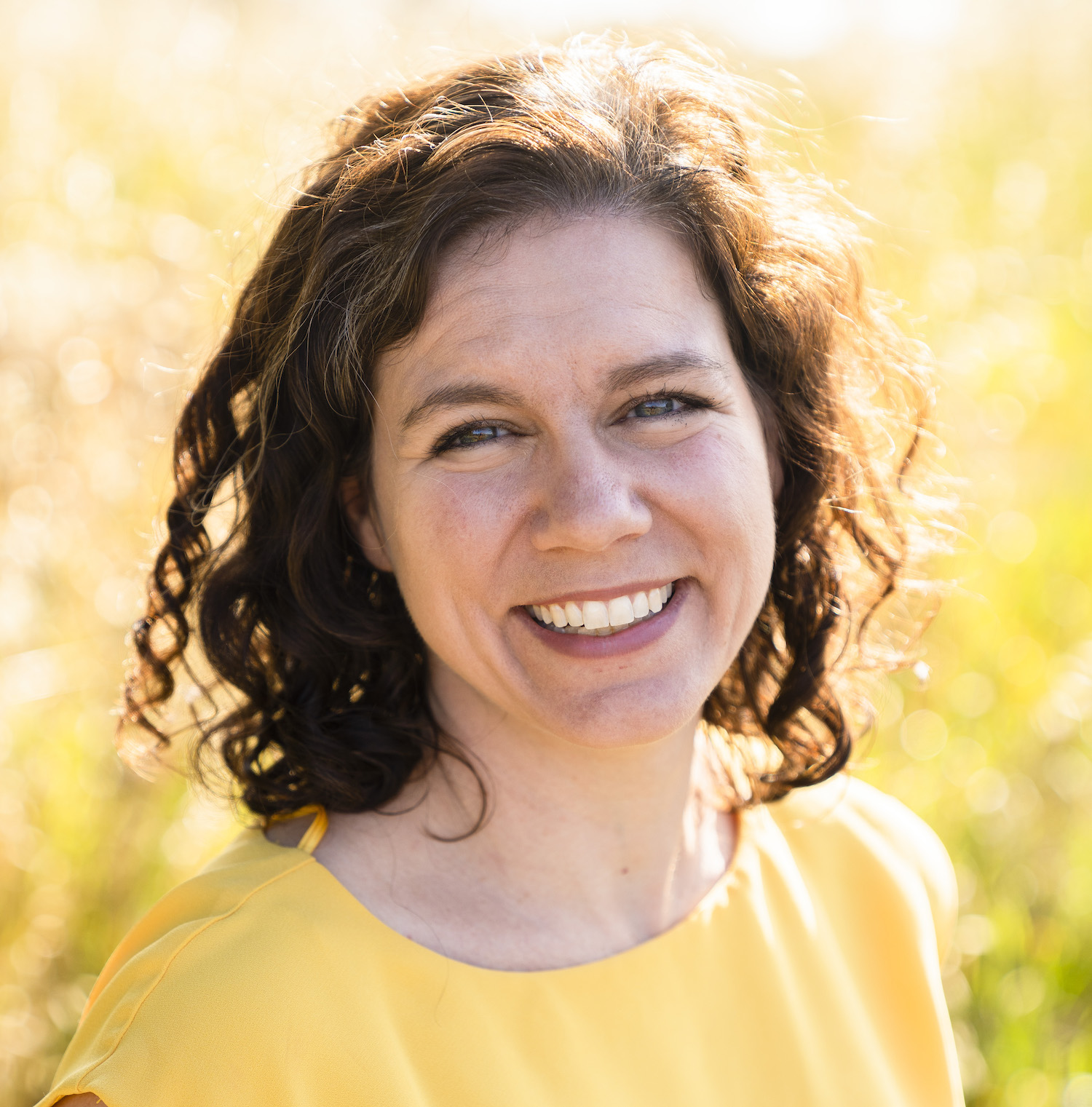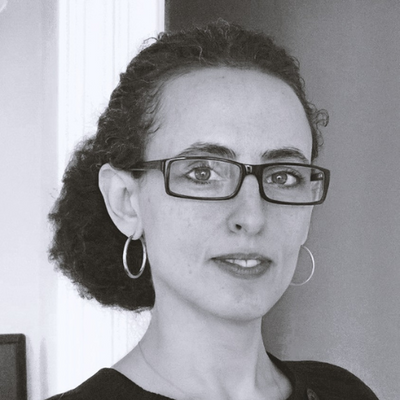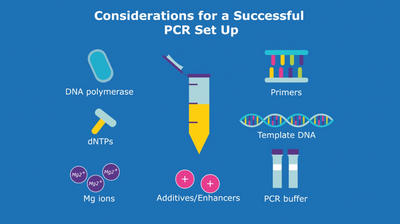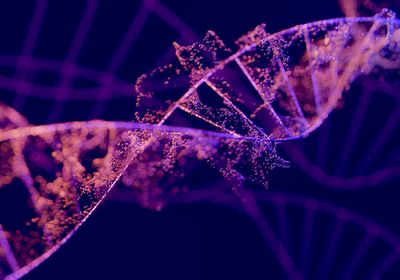Sequencing the human genome in the early 2000s was an incredible feat, but the sequence was incomplete. Recently, a consortium of researchers published a telomere-to-telomere assembly of a complete human X chromosome. This accomplishment was made possible by advances in sequencing technology, allowing researchers to address the previous technical difficulties in analyzing challenging genomic regions. Filling in these gaps of the human genome represents a breakthrough in human genetics and opens the door to a wealth of future studies that will undoubtedly advance our understanding of health and disease.
In this episode, Iris Kulbatski from The Scientist’s Creative Services Team spoke with Karen Miga, an assistant professor of biomolecular engineering at the University of California, Santa Cruz’s Genomics Institute and a recent honoree on TIME’s list of the 100 most influential people of 2022, to learn more.
The Scientist Speaks is a podcast produced by The Scientist’s Creative Services Team. Our podcast is by scientists and for scientists. Once a month, we bring you the stories behind news-worthy molecular biology research.
Speaker

Assistant Professor
Biomolecular Engineering, University of California, Santa Cruz
Associate Director
University of California, Santa Cruz Genomics Institute






